By Isabelle Manders, Dawn Sawyer, Julianna Russ, Khushi Malhotra, Supriyo Hazra and Ayush Gupta | @justearthnews | 18 Jan 2024, 12:06 pm Print
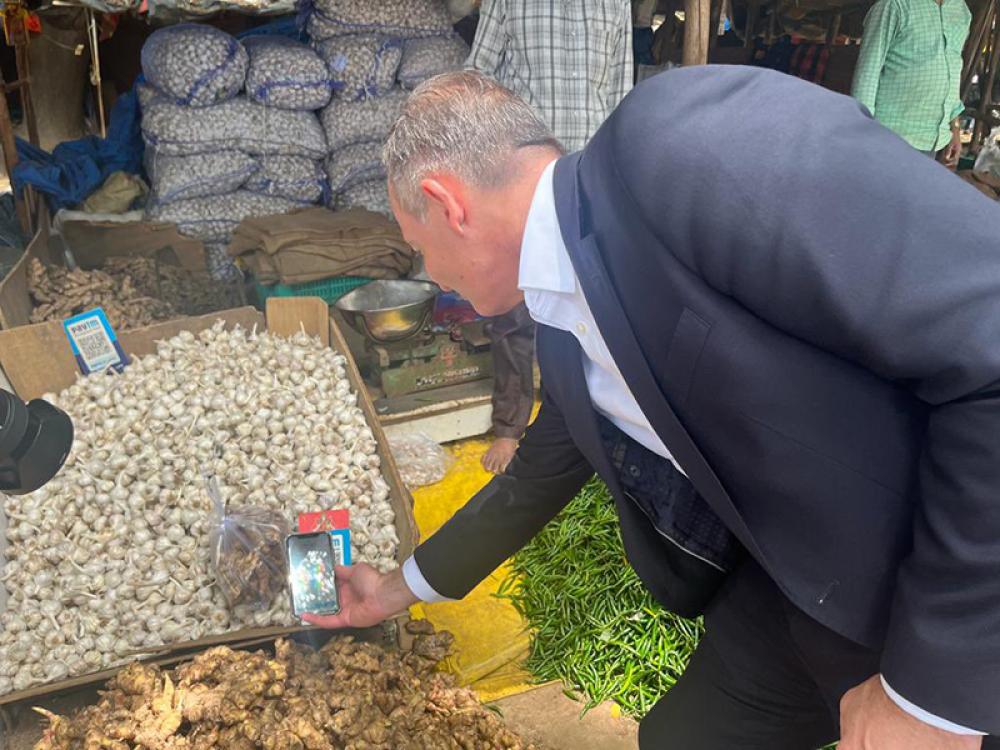 Fintech
Fintech Germany’s Federal Minister for Digital and Transport Volker Wissing during his India visit in August 2023 was able to experience the simplicity of UPI payments first hand in a New Delhi vegetable market. Photo courtesy: German Embassy in India
Gene Bradford opens up his shop, West Main Auto Repair, each morning at 8 a.m in Lexington, Georgia (USA). He’s lived in the small, close-knit community of Oglethorpe County for years now, and has come to know his customers’ personalities, mannerisms – and preferred forms of payment.
Most pay with cash, credit cards or cheques. They rarely use Apple Pay on their phones, or even seem to notice the sign that says they can.
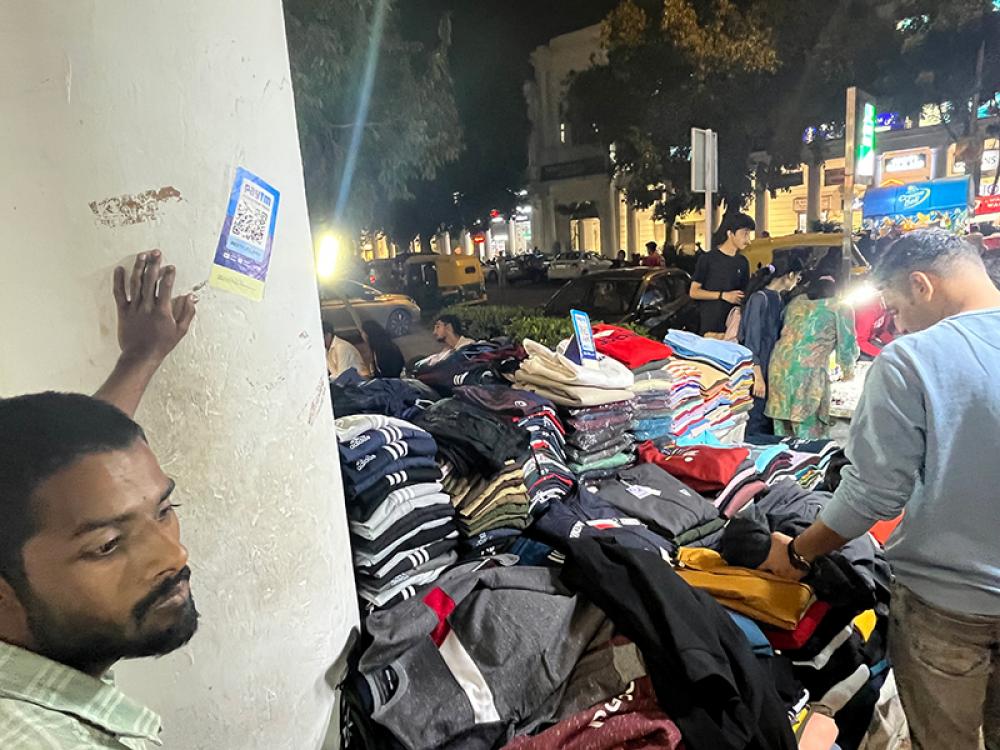 A QR code for UPI payment stuck on a column in Indian capital New Delhi’s centrepiece shopping arcade Connaught Place helps the pavement garment seller conduct brisk cash-free business. Photo by Sujoy Dhar.
A QR code for UPI payment stuck on a column in Indian capital New Delhi’s centrepiece shopping arcade Connaught Place helps the pavement garment seller conduct brisk cash-free business. Photo by Sujoy Dhar.
The opposite is true across the world in Kolkata, India, where digital payments are the rule rather than the exception. In a busy part of the sprawling city, local street food vendor Sukhdev Kumar gets paid instantly with the scan of a QR code for his papri chaat, a popular snack he sells from a small cart.
“Several customers demand online transactions,” Kumar said.
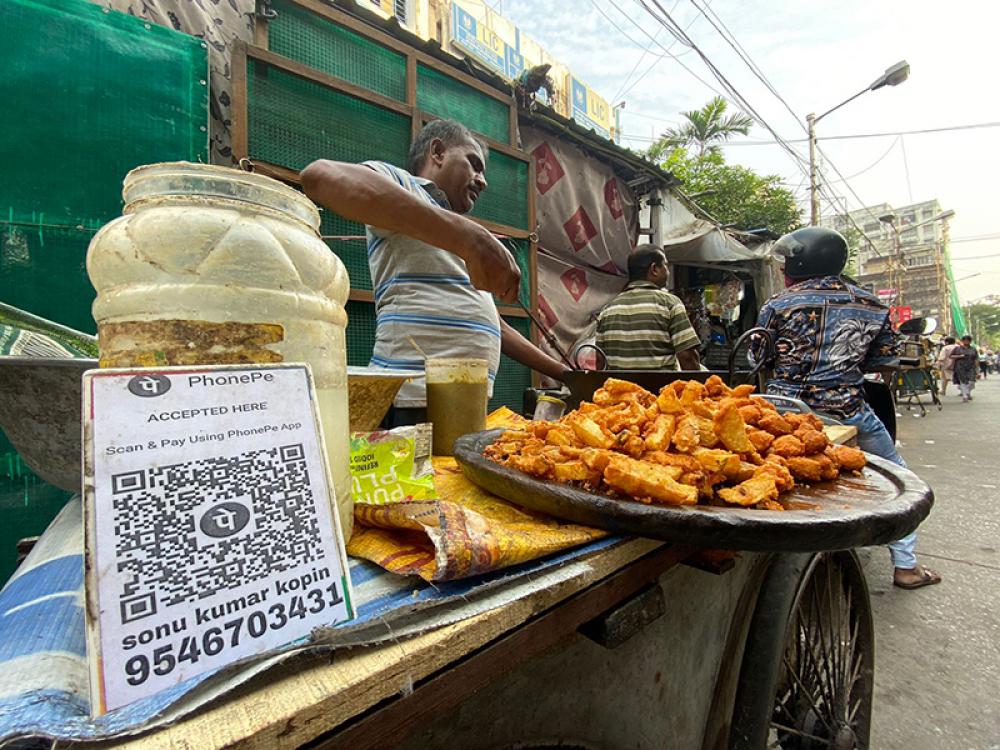 Sailendar Kumar, a pakoda (fritter) seller in the bustling south Kolkata street shopping hub Gariahat, says not only the sellers but even the customers have benefited more from the rise in the use of UPI. Photo by Avishek Mitra.
Sailendar Kumar, a pakoda (fritter) seller in the bustling south Kolkata street shopping hub Gariahat, says not only the sellers but even the customers have benefited more from the rise in the use of UPI. Photo by Avishek Mitra.
Their experiences reflect larger realities about online payments in their countries and the world. In India, the most populous nation and a rising economic power, the technology is used widely by large retailers, small shops and street merchants alike. But mass adoption has been much slower in the U.S.– even in Georgia, where Atlanta is a thriving financial technology hub.
In 2022, India accounted for 46% of all global real-time payment transactions, with nearly 89.5 billion of them, according to a recent report by ACI Worldwide and GlobalData. The United States recorded only 1.8 billion.
Many Americans still can’t adopt digital payment systems because of limited access to broadband and financial services like credit cards and bank accounts – which underscore broader societal inequities. Others, like Hazel Sanders of Hazel’s Hair Salon in Lexington, Georgia are skeptical about the technology or don’t know how to use it.
“I like the way it is. I like old school. I like cash and checks,” Sanders said. “I’ve heard of a lot of people getting taken advantage of by other payment systems … I just don’t trust them.”
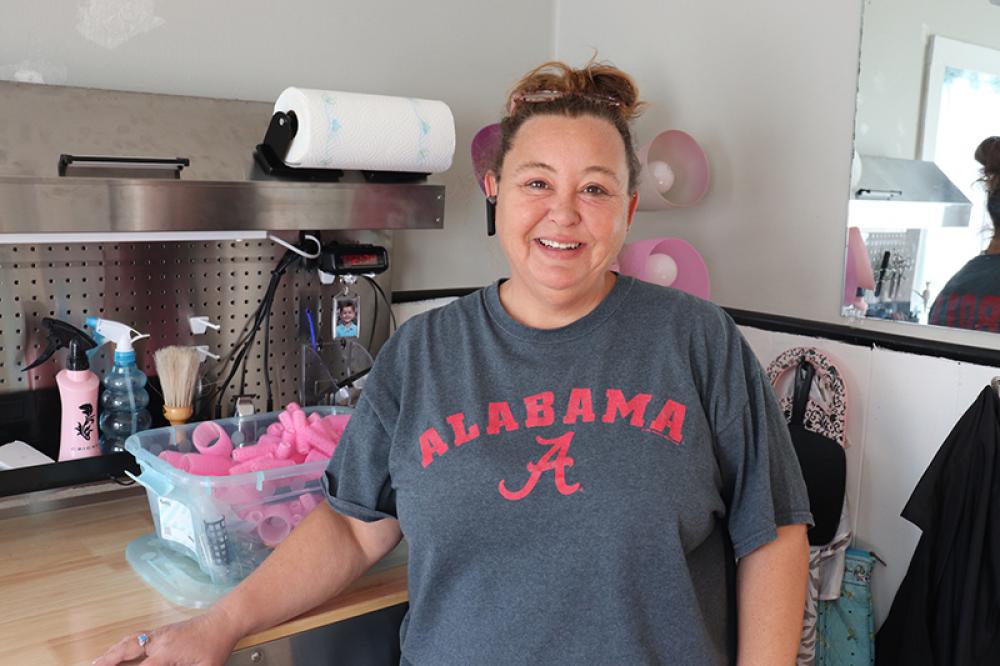 Hazel Sanders of Hazel’s Hair Salon in Lexington, Ga. She says she is old school when it comes to accepting payments. Photo by Julianna M. Russ
Hazel Sanders of Hazel’s Hair Salon in Lexington, Ga. She says she is old school when it comes to accepting payments. Photo by Julianna M. Russ
Sanders, however, offers Square as an option for payment at her hair salon. Square is a financial services platform developed by Block, Inc. to help small-and medium-sized businesses to accept credit card payments and use phones or tablets as payment registers for a point-of-sale system.
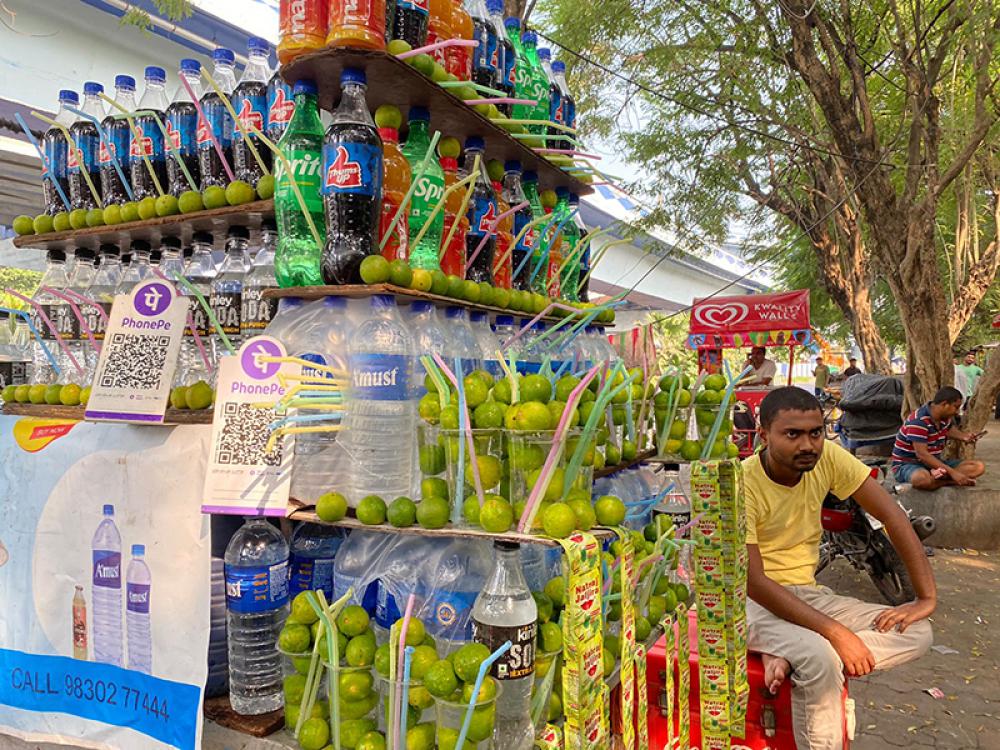 Sujay Mondal, a Soda Drink seller in the Science City area of India’s eastern city Kolkata, says UPI has helped him save money every month for future use. Photo by Avishek Mitra.
Sujay Mondal, a Soda Drink seller in the Science City area of India’s eastern city Kolkata, says UPI has helped him save money every month for future use. Photo by Avishek Mitra.
Cashless systems thrive in India
QR codes like the one atop Kumar’s cart have revolutionized Indian commerce, seamlessly linking millions of individuals through a real-time, cashless payment system known as Unified Payments Interface, or UPI.
UPI was developed almost a decade ago by the National Payments Corporation of India (NPCI) to allow transactions between people, merchants and banks.
In August, data from the organization shows, UPI surpassed 10 billion transactions. It has approximately 330 million users and accounts for over 75% of digital retail transactions in the country.
 Sukhdev, a Papri Chat (a popular street food sold in countries like India and Bangladesh) seller in South Kolkata's Garianhat area, admitted that UPI has helped him in smoothly running his business, especially now when more people are using the apps in their mobile phones to buy products. Photo by Avishek Mitra.
Sukhdev, a Papri Chat (a popular street food sold in countries like India and Bangladesh) seller in South Kolkata's Garianhat area, admitted that UPI has helped him in smoothly running his business, especially now when more people are using the apps in their mobile phones to buy products. Photo by Avishek Mitra.
Harish Prasad, the head of banking for India at Fidelity National Information Services Inc., said UPI has firmly entrenched itself as the predominant payment mode for millions of Indians and is growing every year. “UPI has been at the front and center of the remarkable ascent of electronic payments," he said.
Dilip Asbe, managing director and CEO of the National Payments Corporation of India (NPCI), credited the country’s policymakers for its leading position in the global digital payments market. While his organization has been at the forefront “building innovation led-approaches,” he said, “unless the country decides to adopt, it will not have an impact.”
Asbe believes India’s ability to build a diverse and compatible “ecosystem of banks, fintechs and start-ups” has played a pivotal role in the country’s success.
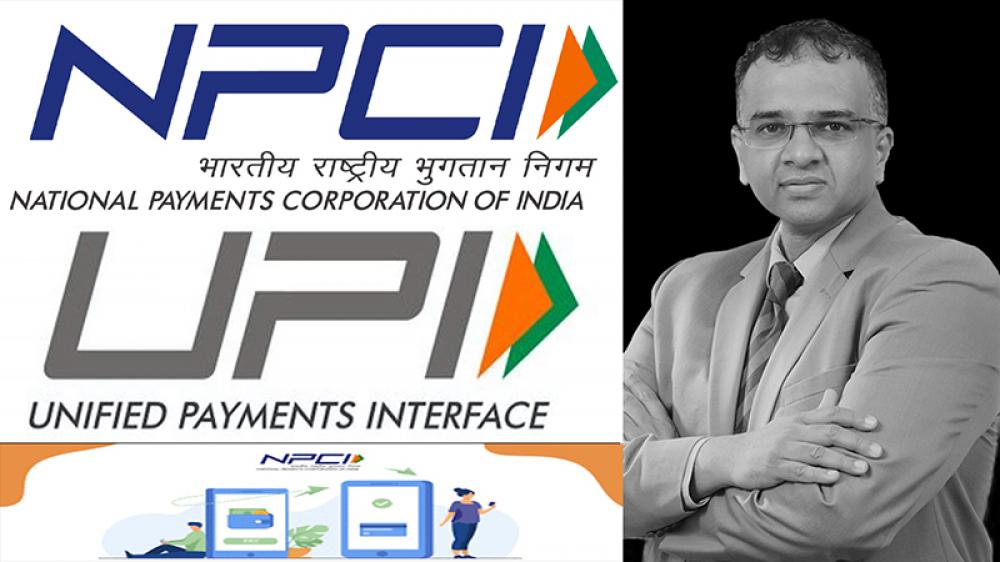 Dilip Asbe - Managing Director and CEO at National Payments Corporation of India ( NPCI) says the credit for UPI success belongs to the policy makers who took a calculated innovation led policy making approach. Photo courtesy: NPCI Website
Dilip Asbe - Managing Director and CEO at National Payments Corporation of India ( NPCI) says the credit for UPI success belongs to the policy makers who took a calculated innovation led policy making approach. Photo courtesy: NPCI Website
"As a country, the potential we have is 100 Bn UPI volume (digital payments) of transactions every month. I don’t know if it will take the next 20 years to reach, but I believe, the ecosystem can keep this as a long term vision under the guidance of the government and RBI," he said.
He said to include the unbanked population in the UPI revolution in the coming years will mean a lot of investments from the ecosystem. "Thankfully the bank account penetration is extremely good now, I believe most of the adult population has bank accounts, aadhaar, mobile, the original JAM trinity, and the ecosystem will have to work hard to move towards digital (from cash) payments," he said.
The nation’s efforts to improve broadband penetration, and get around connectivity issues, also play a part, experts said.
While the United States ranks higher for broadband, India is making progress through initiatives like the BharatNet project, which aims to connect all of the country’s rural areas to the internet. UPI users also have a way to get around connectivity issues: They can process money transfers offline by simply dialing “*99#.”
As UPI has caught on, it’s built upon itself. It’s now used by so many people in all socioeconomic groups that it’s become the norm.
Outside a park in Kolkata, a man selling fresh coconut water had a Google Pay sign on his bike. Nearby, a vegetable seller sitting on a blanket displayed a QR code near beans and peppers. And at a roadside pastry and snack shop on the outskirts of Kolkata, a QR code peeked out from behind the cakes.
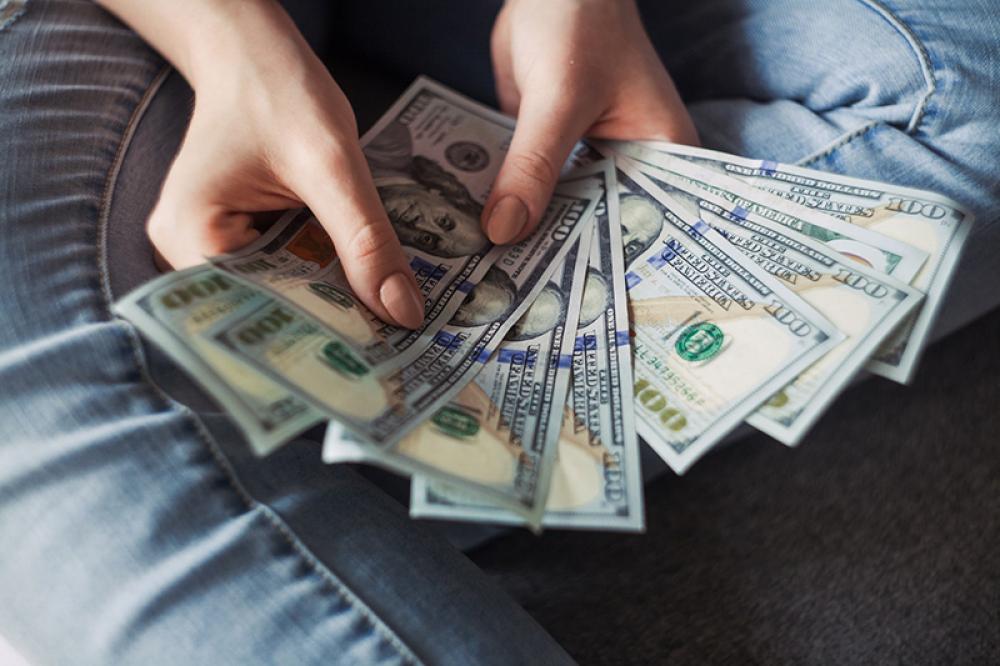 In the US customers and service providers still do not trust the digital payments system and prefers cash. Photo by Alexander Mils
In the US customers and service providers still do not trust the digital payments system and prefers cash. Photo by Alexander Mils
In India's southern city Chennai, small cake shop owner Roslyn, who goes by one name and started her business eight months ago, said only one fourth of her customers carry cash now. "No one is actually carrying cash nowadays," she said.
People use UPI for services as well as goods.
“Within three to five seconds, a customer can complete the payment and have their (insurance) policy renewed or purchase a new one,” said Chatti Babu, chief information officer of Star Health and Allied Insurance. “Whether you are in the remotest part of the country or you are in the heart of the financial capital of Mumbai, things are the same.”
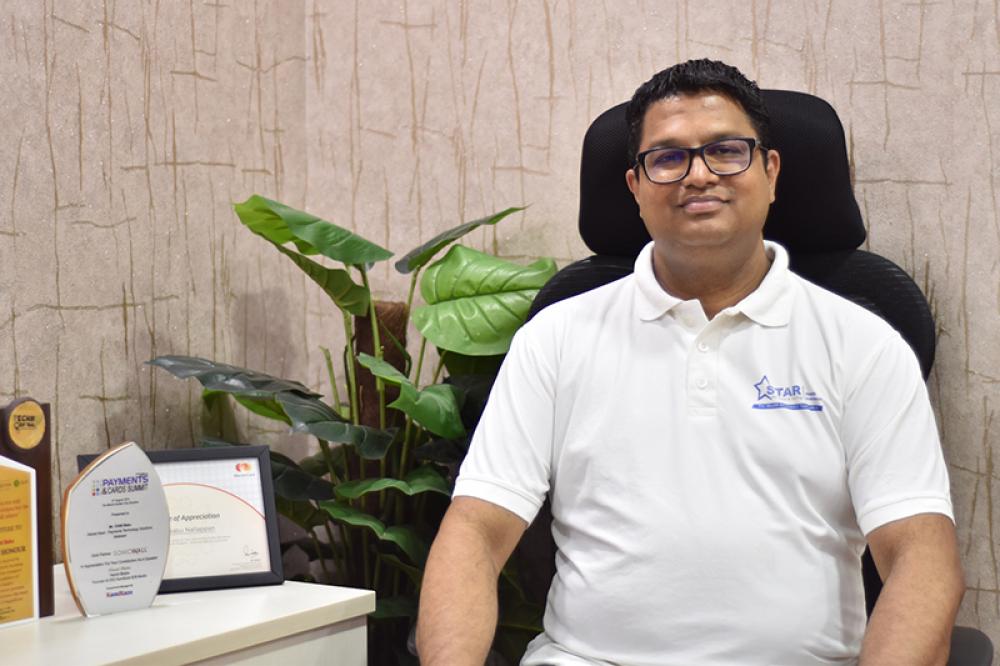 Chitti Babu, Chief Information Officer, Star Health and Allied Insurance. Photo courtesy Chitti Babu PR team.
Chitti Babu, Chief Information Officer, Star Health and Allied Insurance. Photo courtesy Chitti Babu PR team.
Babu recalled traveling through a remote village in Tamil Nadu and coming across a woman in her late 60s selling coconut water. She had three QR codes set up: one for her eldest son in college, another for another son and the third for herself. She had no problem adapting to this “new age method of payment,” he said.
“It means you don’t need an education. All you need is awareness.”
 Sanders offers Square as an option for payment at her hair salon. Square is a financial services platform to help small-and medium-sized businesses to accept credit card payments and use phones or tablets as payment registers for a point-of-sale system. Photo by Julianna M. Russ
Sanders offers Square as an option for payment at her hair salon. Square is a financial services platform to help small-and medium-sized businesses to accept credit card payments and use phones or tablets as payment registers for a point-of-sale system. Photo by Julianna M. Russ
In the U.S., barriers abound
Experts point to a host of hurdles impeding the technology in the U.S.
One important barrier: government rules on matters like open banking and data privacy.
“Regulations within the U.S. versus regulations in more emerging marketplaces, tend to be a restrictor of adoption,” said Bob Trotter, associate director of the fintech certificate program at the University of Georgia.
Experts also cited serious systemic problems affecting consumers.
 Signs on the front desk of West Main Auto Repair in Lexington, Ga. Photo by Julianna M. Russ
Signs on the front desk of West Main Auto Repair in Lexington, Ga. Photo by Julianna M. Russ
Currently, about 24 million Americans, most of them in rural areas, live in digital deserts with no access to broadband. In Georgia, there are 454,950 unserved addresses – about 90% of which are in rural areas, according to the 2022 Georgia Broadband Map. Most states define unserved as areas lacking even very low broadband speeds.
“Connectivity is a huge issue for us here in Georgia, especially having such a vast state from mountains to coastline to all of our farmland,” said Jessica Simmons, executive director for the Georgia Broadband Program.
To close the gap, the Biden administration has launched a $42.5 billion program to expand high-speed internet access nationally. The Georgia Technology Authority is in the planning phase for using more than $1.3 billion from the federal program to serve remaining unserved and underserved locations in Georgia.
The issue of “unbanked” Americans is also a complex and difficult problem to solve.
Adults without bank accounts are far less likely to use a payment app, especially when some only be accessed via a bank account. Even with apps that accept prepaid debit cards, unbanked consumers are less likely than banked consumers to use nonbank payment apps, citing inconvenience, distrust, financial illiteracy and high fees and service charges.
 Gene Bradford, who owns West Main Auto Repair in Lexington, Ga. , says most pays with cash or card. Photo by Julianna M. Russ
Gene Bradford, who owns West Main Auto Repair in Lexington, Ga. , says most pays with cash or card. Photo by Julianna M. Russ
Another challenge: Consumer attitudes
Besides these large systemic problems, Trotter notes that people’s attitudes about financial technology – including mistrust – remain significant obstacles to widespread adoption in the U.S.
From the stand of Kendall Strickland, the owner of Strickland Pride Produce in Lexington, to Bradford’s auto shop, cash is still king in Lexington, Georgia. A similar phenomenon can be seen throughout the U.S. in rural areas with older demographics.
Some of the mistrust around financial technology is rooted in fear of fraud. Historically, older adults have been targeted for financial fraud and exploitation. Many seniors also have a fraught history with financial institutions.
“If you're old enough to have gone through a run on a bank, or a Great Depression or watching financial institutions fail, you'll begin to question whether those institutions can be trustworthy,” Trotter said.
In India, however, financial technology has permeated every demographic.
 Kendall Strickland is the owner of Strickland Pride Produce in Lexington, Ga. Most of his buyers pay with cash. Photo by Julianna M. Russ
Kendall Strickland is the owner of Strickland Pride Produce in Lexington, Ga. Most of his buyers pay with cash. Photo by Julianna M. Russ
Brijesh Tiwari, 51, hasn’t always accepted UPI. He owns a three-generation bookstore called Bookline on Park Street in Kolkata and had to learn more about the method from his son in order to feel comfortable using it.
“In the beginning, it was a bit troublesome because of my inability to understand the UPI method but Gradually, I overcame the challenges,” he said.
India’s celebrity restaurateur Riyaaz Amlani, CEO of Impresario Entertainment and Hospitality, said he anticipated a big learning curve for UPI but found it easier to use than he expected.
 Riyaaz Amlani, who is the CEO of Impresario Entertainment and Hospitality Pvt. Ltd. which runs the food and beverages brand, Social, is a big advocate of digital payments . Photo by Riyaaz Amlani PR team.
Riyaaz Amlani, who is the CEO of Impresario Entertainment and Hospitality Pvt. Ltd. which runs the food and beverages brand, Social, is a big advocate of digital payments . Photo by Riyaaz Amlani PR team.
"So, not very long ago, we used to have 35% of payments come via digital payments or credit cards, and 65% used to be cash, and now, four years later, it is exactly the reverse; actually more than the reverse. We have 70% of our payments coming in digital and 30% in cash, and out of the 70%, 50% are UPI payments. So it has really caught on quickly in the past 2–3 years, and it is ridiculously simple and easy to use," he said.
"Handling cash is always cumbersome and difficult. There are leakages, and there are chances of theft. Creating easy transactions where you don't have to enter long, complicated card numbers and you don't have to get OTPs just makes life easier. There is no commission, no extra charges, and that is great," he said.
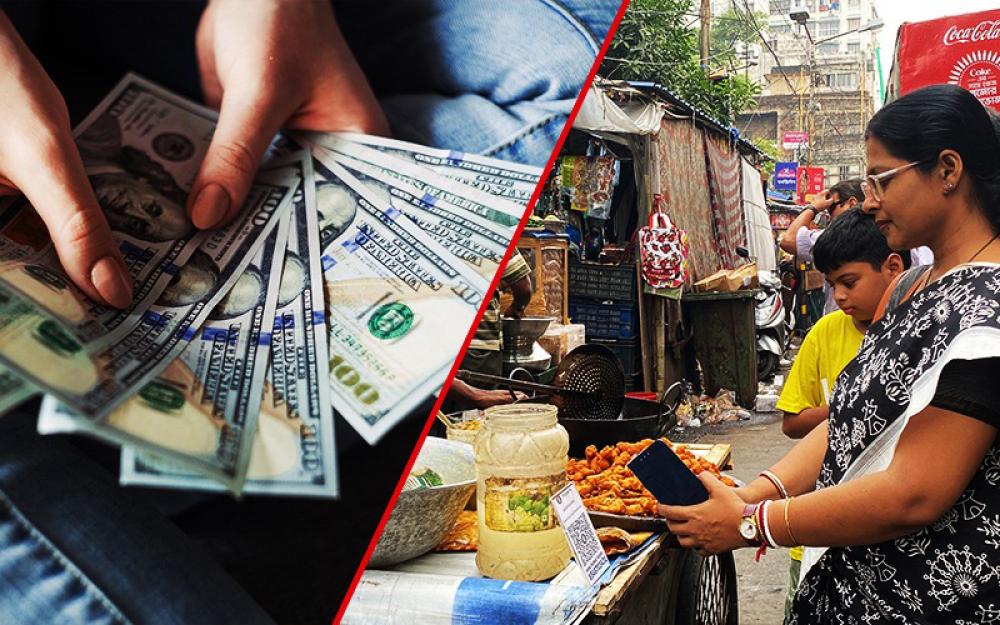 While paying with phone is the new normal in India, in the US cash is still the king.
While paying with phone is the new normal in India, in the US cash is still the king.
(As part of a new program at the University of Georgia, students in the Cox Institute's Journalism Writing Lab worked with young journalists and students from India on joint story projects that link their two countries. The project is overseen by Laura Ungar, a reporter on the global health team at The Associated Press, and roving journalist Sujoy Dhar, founder of the Indian news agency India Blooms News Service, as well as writing lab Director Lori Johnston.)
- SoftBank goes all in on OpenAI, takes 11% stake after $22.5 billion infusion
- World’s top 100 weapons makers hit record $679 billion in 2024
- Asia on the move: Why millions are being driven out by job crises and failing services
- Why Personal Loans are Gaining Popularity Among Millennials?
- Record-breaking economic meltdown in Gaza — UN issues alarming warning!



-1763561110.jpg)


